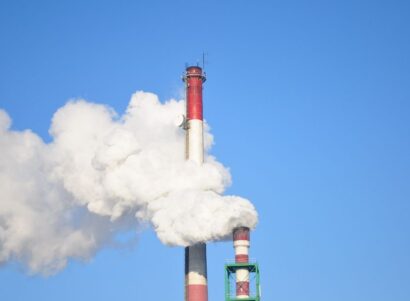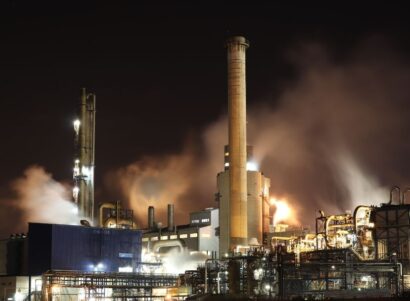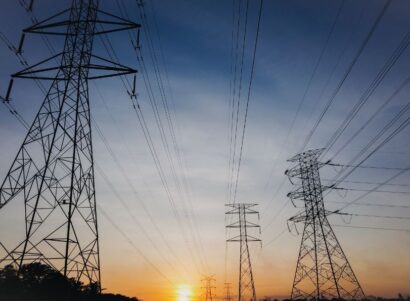Background
Using fossil fuels to power residential appliances emits a range of pollutants that are harmful to human health. These pollutants include US EPA-regulated Hazardous Air Pollutants and Criteria Air Pollutants, the latter of which include fine particulate matter (PM2.5), nitrogen dioxide (NO2), and sulfur dioxide (SO2). These pollutants can be emitted both from the residential appliances themselves and from the energy generated to power these appliances.
In the report Methods for Analyzing the Air Quality and Health Impacts of U.S. Appliance Standards PSE scientists estimate the impacts of emissions from residential sector appliances and the power sector in the United States on outdoor PM2.5 and PM2.5-related mortality. They used residential emissions data provided by CLASP and the Intervention Model for Air Pollution (InMAP) to estimate the impacts of two scenarios:
- The “actual” emissions scenario, which captures the emissions of the residential sector for the year 2017.
- The “counterfactual” scenario, which captures residential emissions without energy efficiency standards.
Additionally, PSE scientists allocated InMAP’s outdoor PM2.5 and PM2.5-related mortality estimates to U.S. census tracts by race and ethnicity.
PSE’s analysis facilitated further evaluation of the impacts of fossil-fuel-powered appliances on disadvantaged communities, as defined by the Justice40 initiative. This report was prepared with funding from and on behalf of CLASP.

 Report
Report






